In the field of computer operating systems, Windows clearly leads. According to data from Statista.com as of November 2022, Windows had a whopping 75,11% worldwide share, while macOS was a close second with a 15,6% share. It is therefore clear that the competition can boast a much larger user base. Both platforms fundamentally differ from each other only in their approach and philosophy, which is ultimately reflected in the entire system and its way of functioning.
It could be interest you
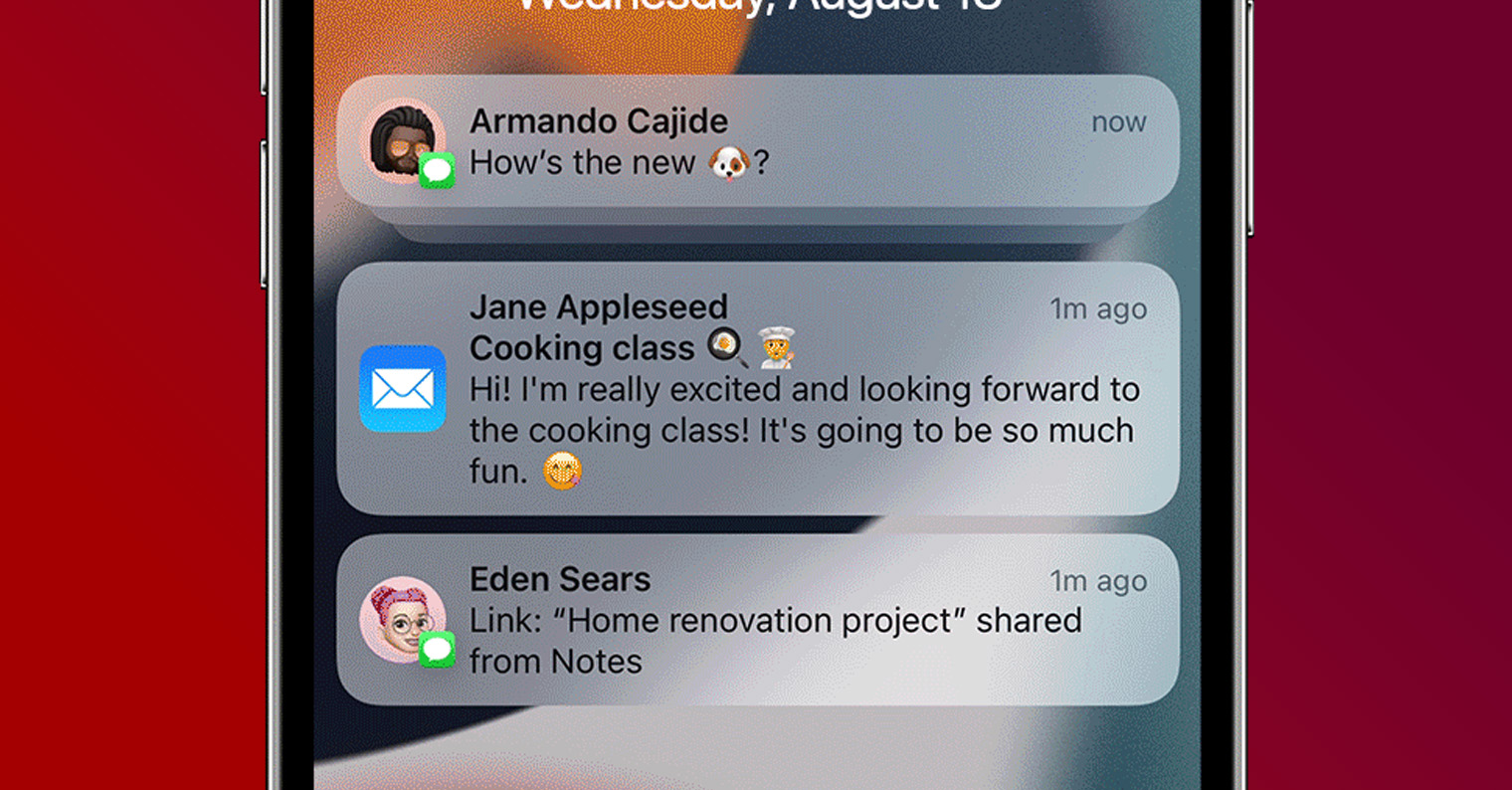
That is why change can be quite a challenge. If a long-time Windows user switches to the Apple platform macOS, he may come across a number of obstacles that can present quite a solid problem from the beginning. So let's take a look at the biggest and most common obstacles faced by newbies switching from Windows to Mac.
The most common problems for newbies
As we mentioned above, Windows and macOS operating systems differ only in their philosophy and overall approach. That is why it is quite common for beginners to come across all kinds of obstacles, which are, on the other hand, a matter of course for long-term users, or even a great gadget. First of all, we cannot mention anything other than the overall layout on which the system is based. In this regard, we mean keyboard shortcuts in particular. While in Windows almost everything is handled through the Control key, macOS uses Command ⌘. In the end, it is only the force of habit, but it can take some time before you reorient yourself.
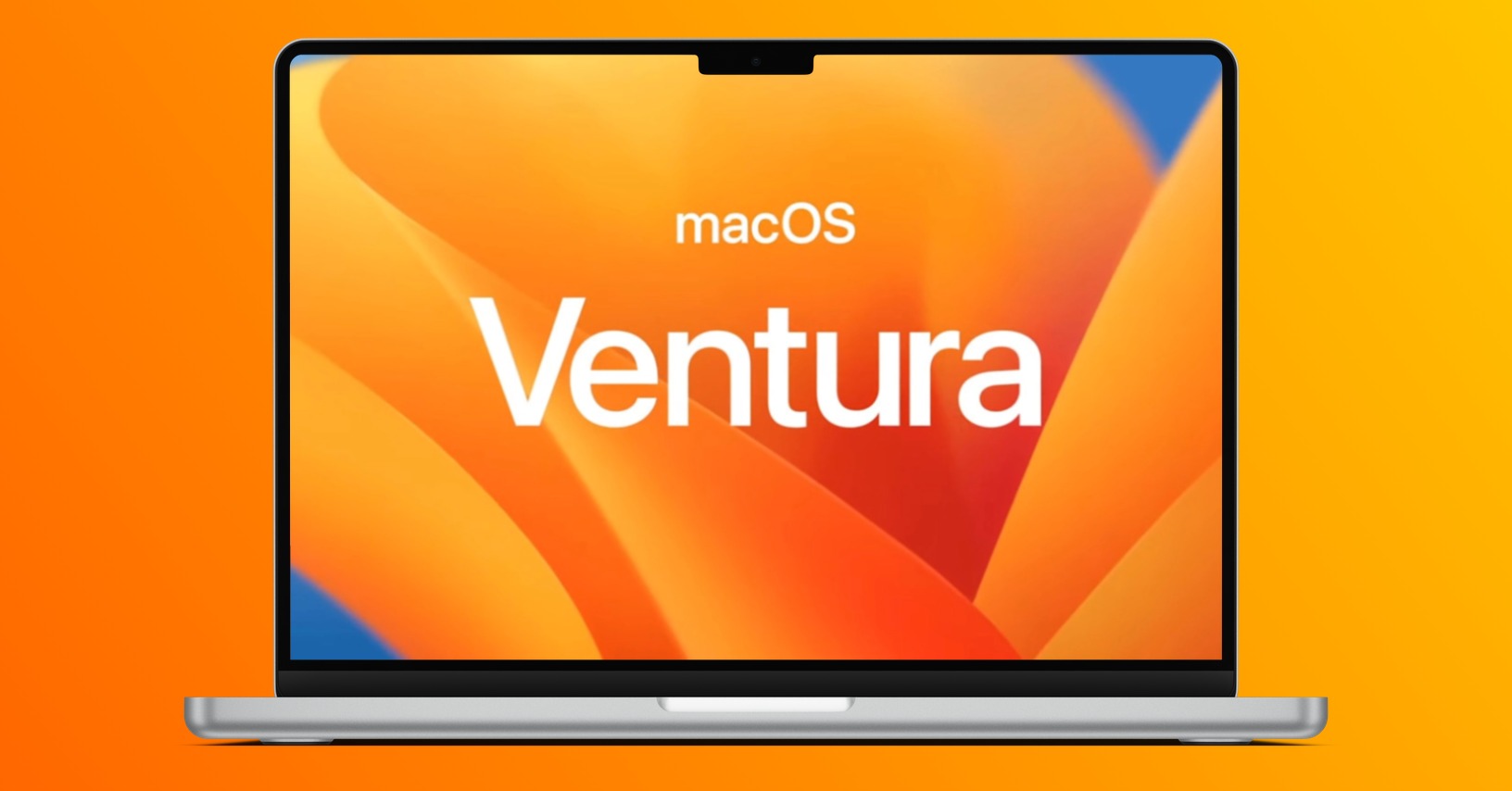
Working with applications
This is also related to a different approach with respect to launching and running the applications themselves. While in Windows clicking on the cross completely shuts down the application (in the vast majority of cases), in macOS this is no longer the case, on the contrary. The Apple operating system relies on a so-called document-oriented approach. This button will only close the given window, while the app continues to run. There is a reason for this - as a result, its restart is significantly faster and more agile. Newbies may, out of habit, still want to turn off applications "hard" by using the ⌘+Q keyboard shortcut, which is ultimately quite unnecessary. If the software is not currently in use, it takes minimal power. We must not forget another fundamental difference. While in Windows you will find menu options within the applications themselves, in the case of macOS you will not. Here it is located directly in the upper menu bar, which dynamically adapts to the currently running program.
The problem can also arise in the case of multitasking. It works a little differently than what Windows users may be used to. While in Windows it is quite common to attach windows to the edges of the screen and thus adapt them to current needs in an instant, on the contrary you will not find this option on Macs. The only option is to use alternative applications like Rectangle or Magnet.
Gestures, Spotlight and Control Center
Many Apple users rely exclusively on the Apple trackpad when using the Mac, which offers a relatively comfortable way with the support of Force Touch technology, which can detect pressure, and gestures. It is gestures that play a relatively crucial role. In this case, you can easily switch between individual desktops, open Mission Control to manage multitasking, Launchpad (list of applications) to launch software, and so on. Gestures are often incorporated into the applications themselves - for example, when browsing the web in Safari, you can drag two fingers from right to left to go back, or vice versa.
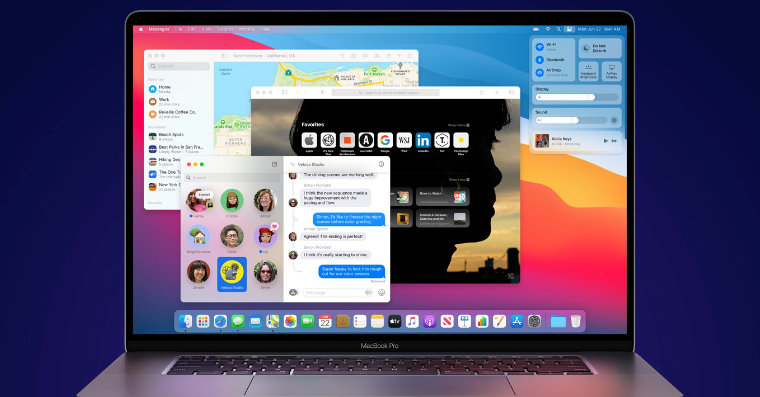
Gestures can therefore be considered a great way for Apple users to facilitate overall control. We can also include Spotlight in the same category. You may know it very well from apple phones. Specifically, it serves as a minimalistic and fast search engine that can be used to find files and folders, launch applications, calculate, convert units and currencies, search across the Internet, and many other capabilities. The presence of the control center can also be confusing. This opens from the top bar, the so-called menu bar, and specifically serves to control Wi-Fi, Bluetooth, Airdrop, focus modes, sound settings, brightness and the like. Of course, the same option is also available in Windows. However, we would find certain differences between them relatively easily.
It could be interest you
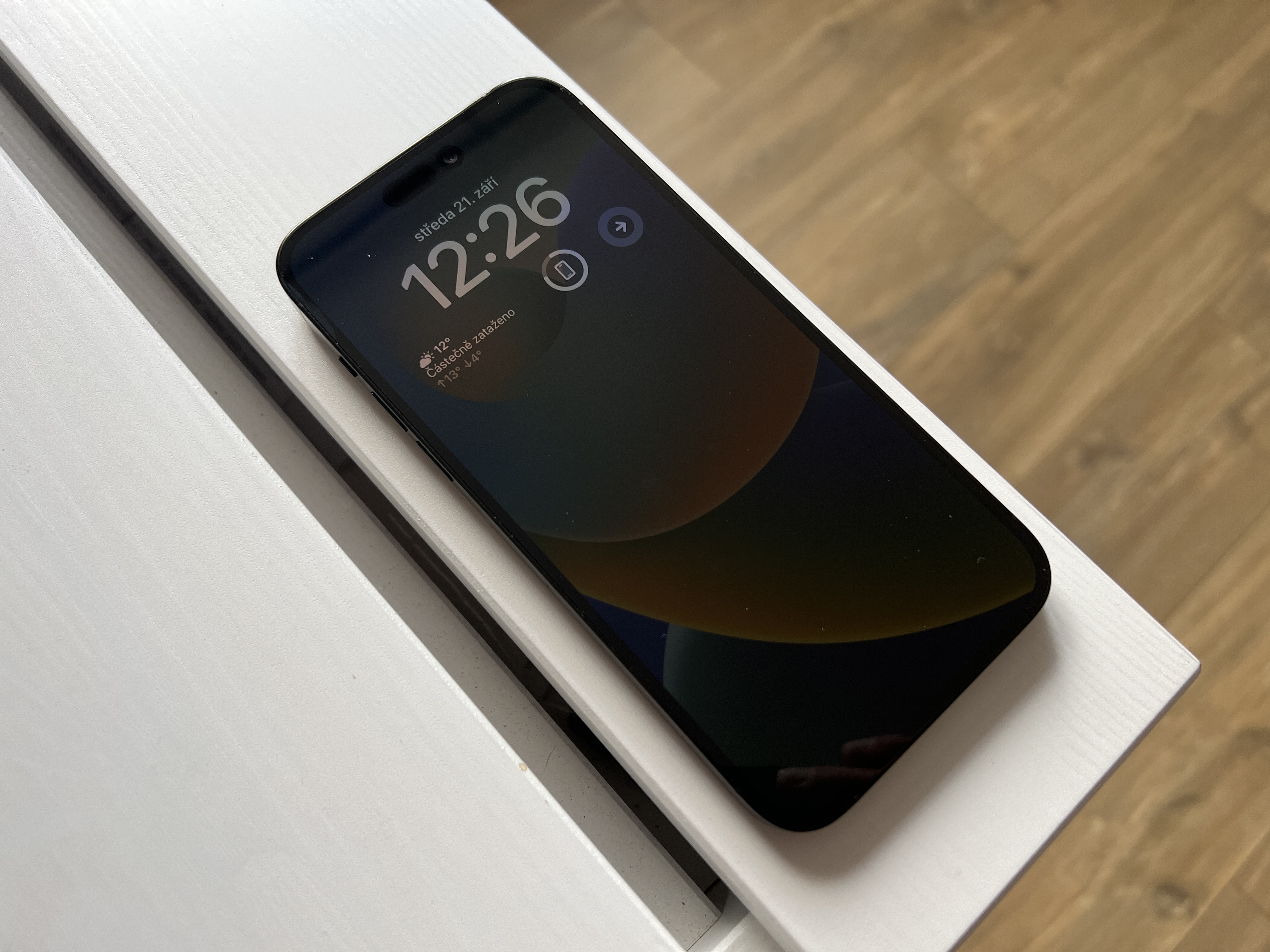
Compatibility
Finally, we must not forget about compatibility itself, which can in some cases represent a rather fundamental problem for some users. In this case, we return to what we mentioned in the very introduction – the macOS operating system has a significantly lower representation in terms of the number of users, which is also reflected in the availability of software. In many ways, developers focus mainly on the most used platform - Windows - which is why some tools may not be available for macOS at all. It is necessary to realize this even before the purchase itself. If it is a user who depends on some software, but it is not available for Mac, then buying an apple computer is completely pointless.
What obstacles did you perceive in your transition to macOS?
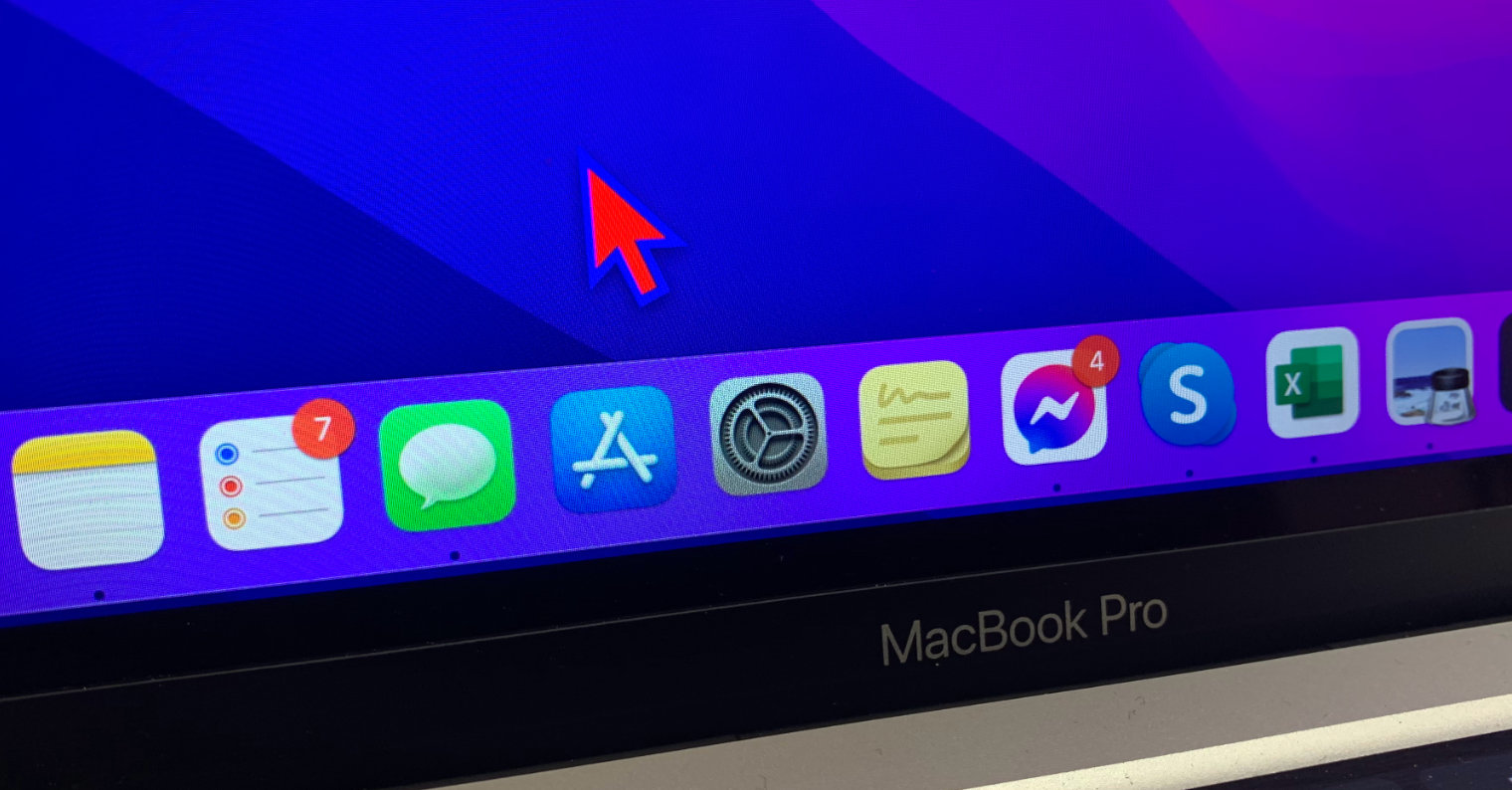
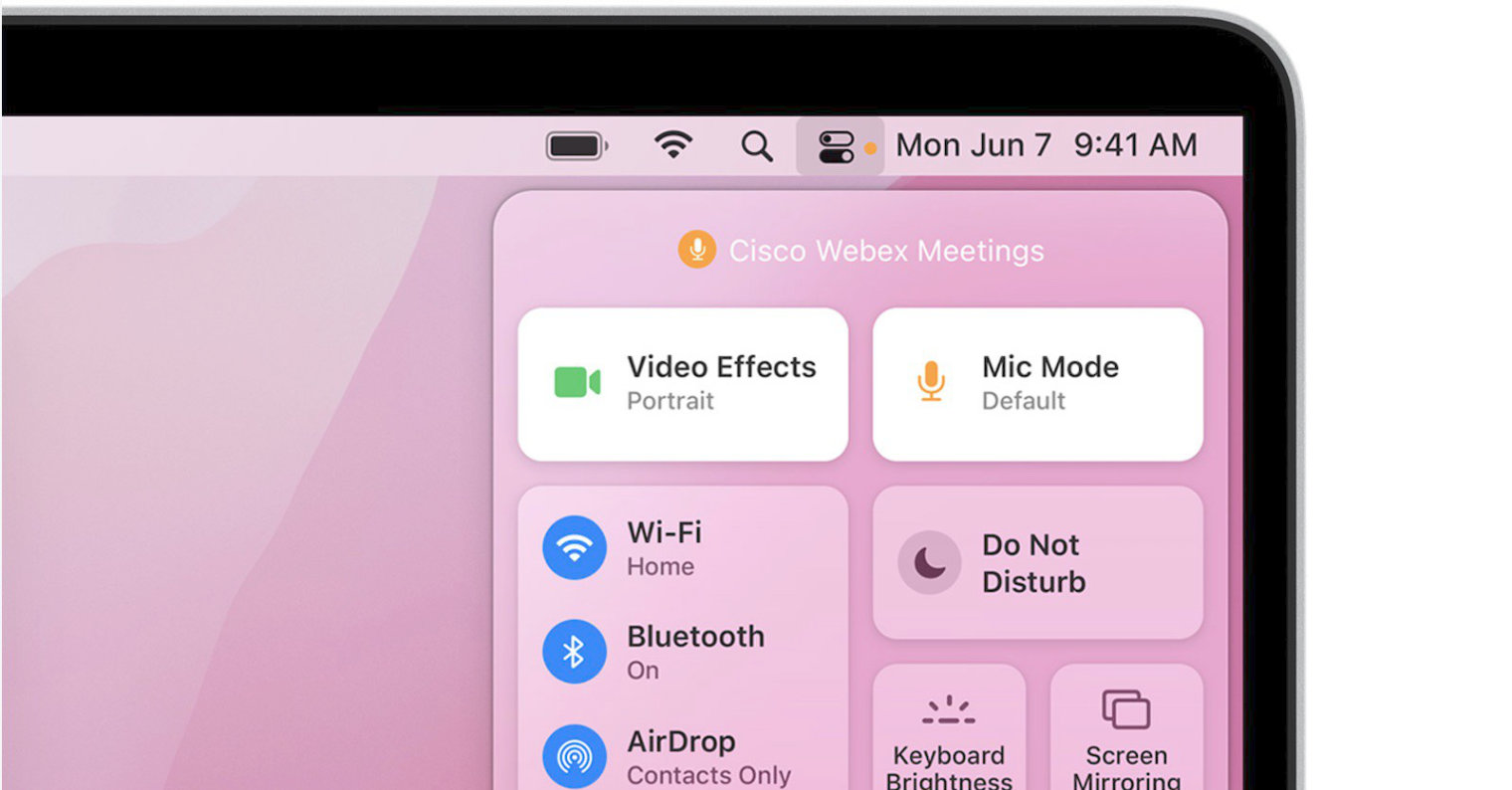
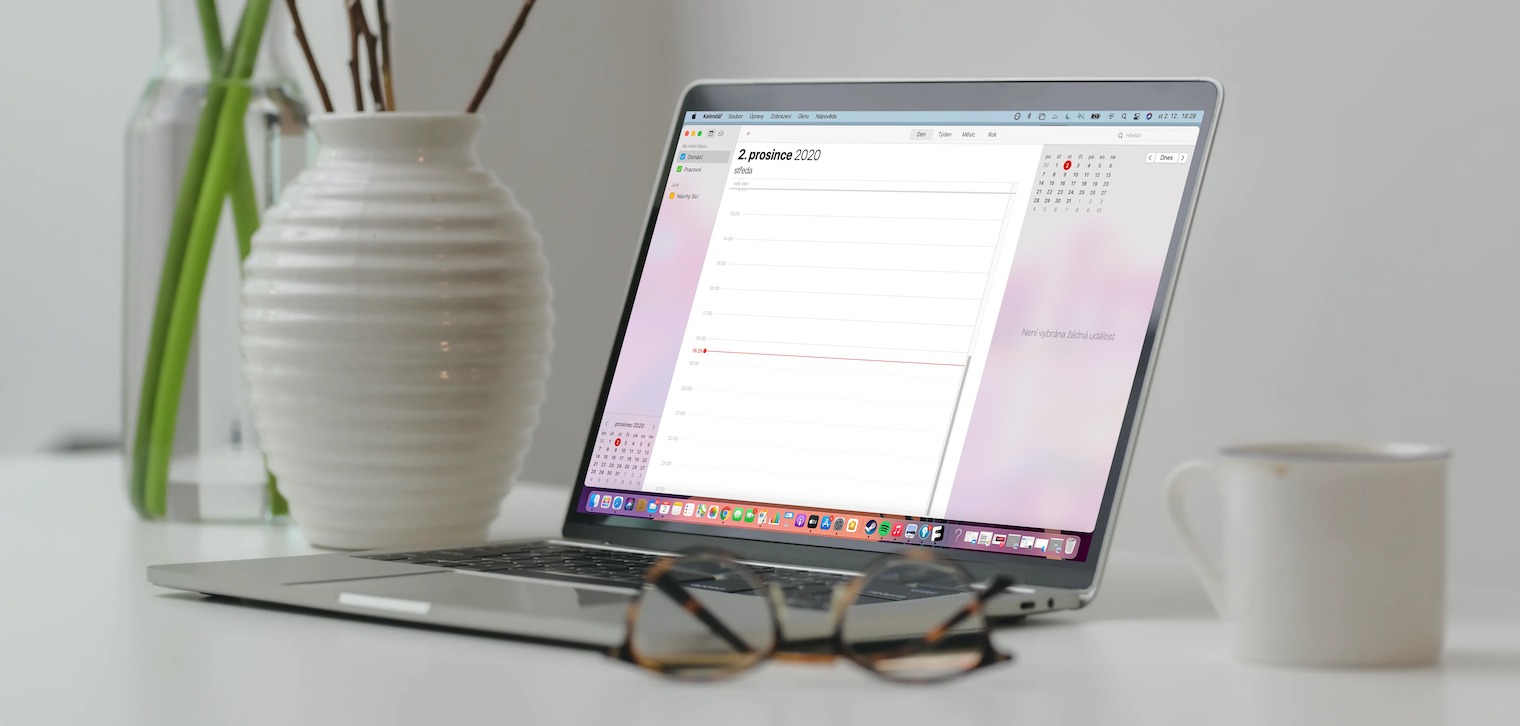
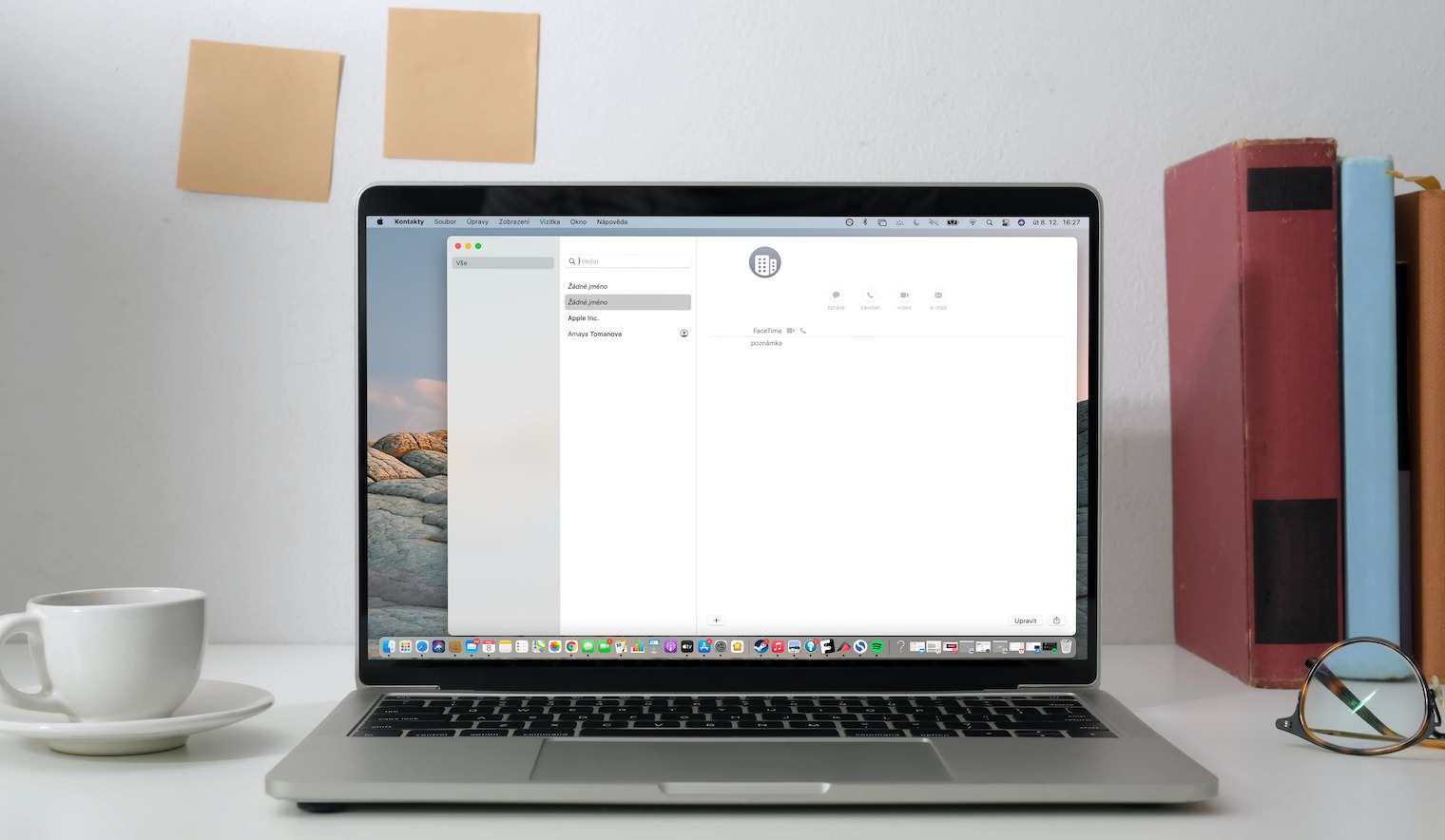
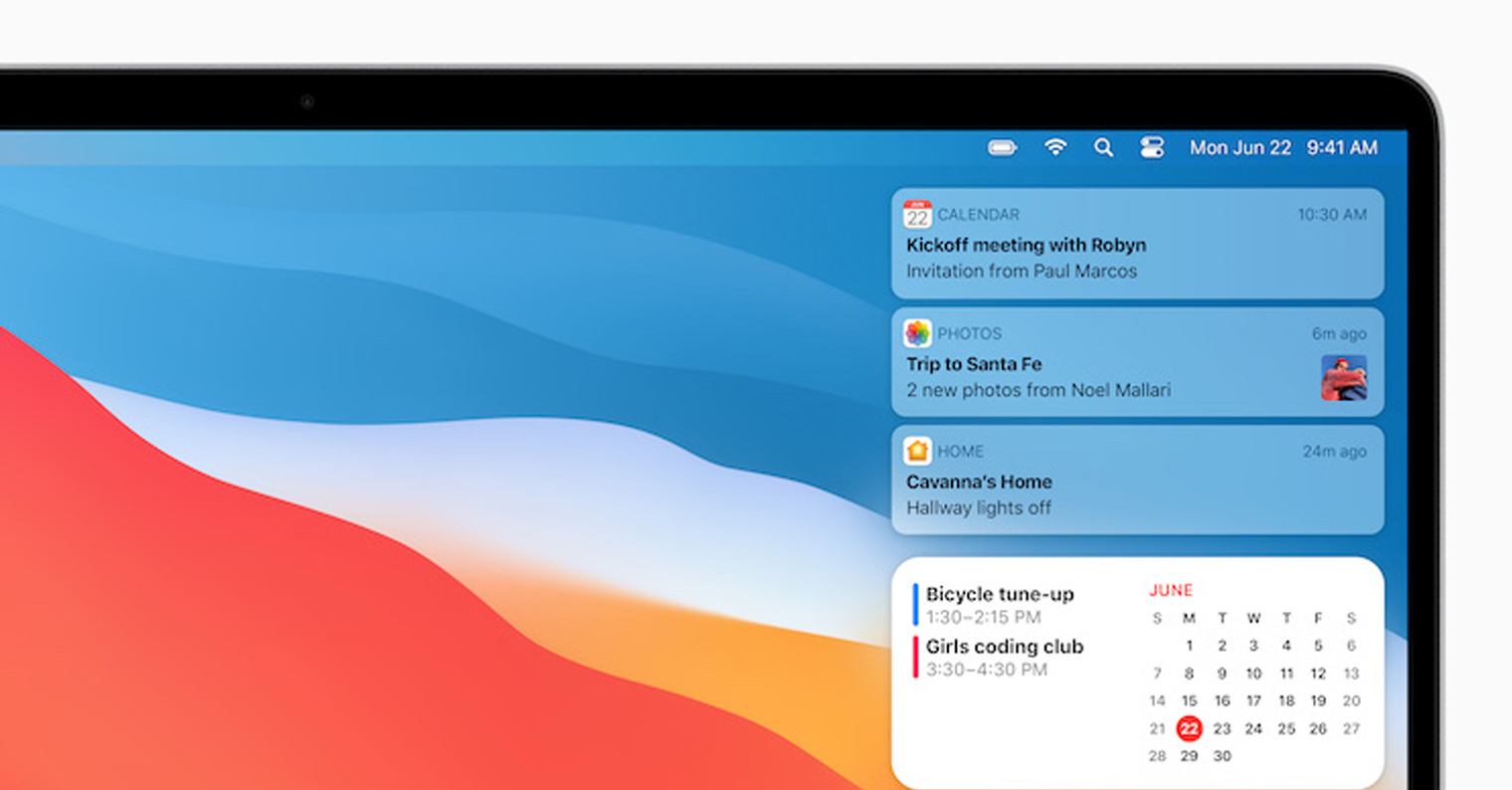
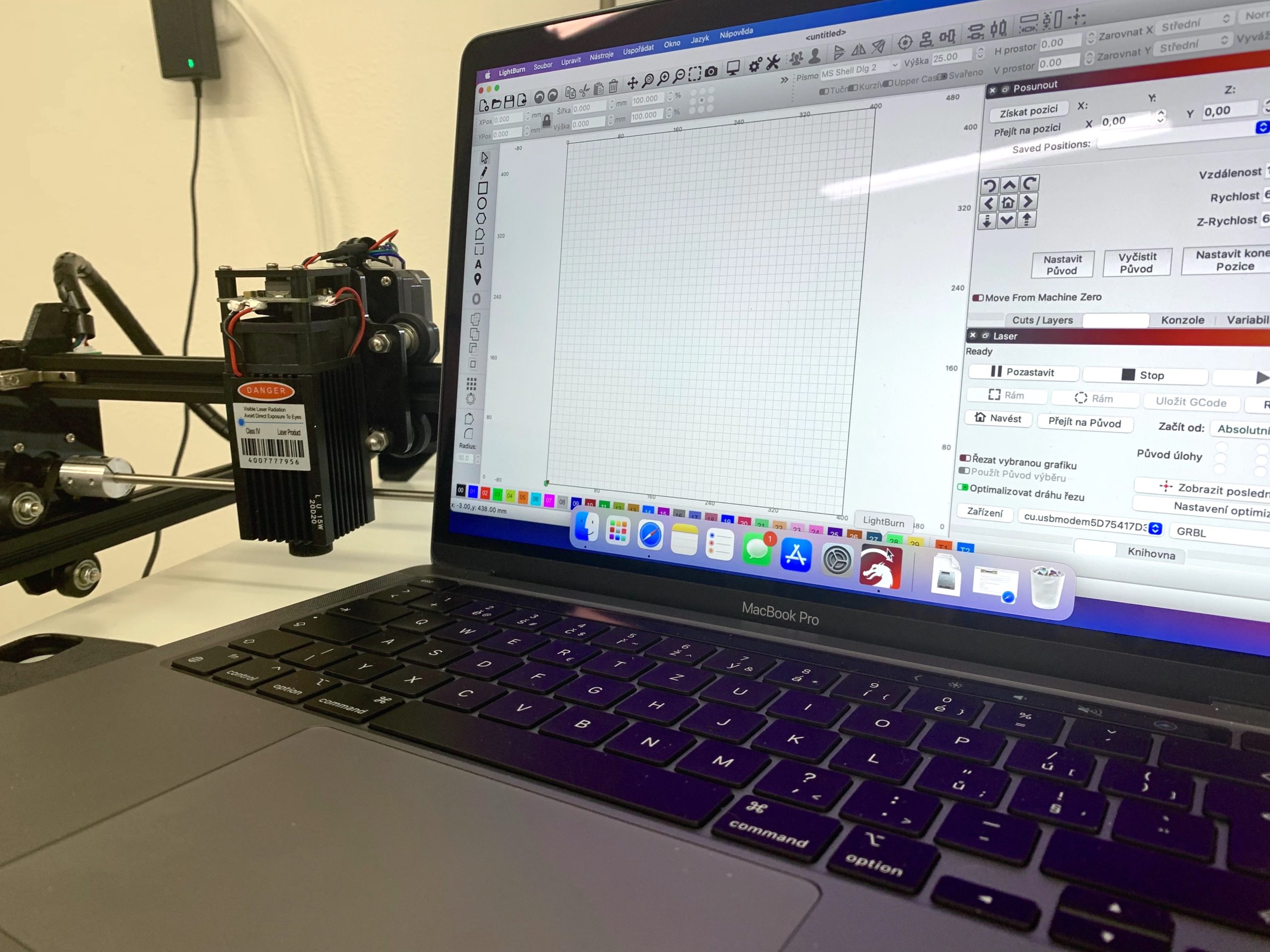
 Adam Kos
Adam Kos
The red crisis doesn't always just block the window, sometimes it even closes the application.
Pointless physical pressing on the touchpad, instead of the faster just tapping to register a click.
This can be easily changed
I switched to Mac about half a year ago. We got used to everything mentioned in the article quite quickly, but what bothers me the most is working with files. Copying, moving, etc. is a nightmare for me. Why can't I simply decide for myself whether to copy or move? When copying multiple files or folders, why can't I see which file is being copied, only the number of items? And I'm not even saying that I don't have a full replacement for Total Commander.